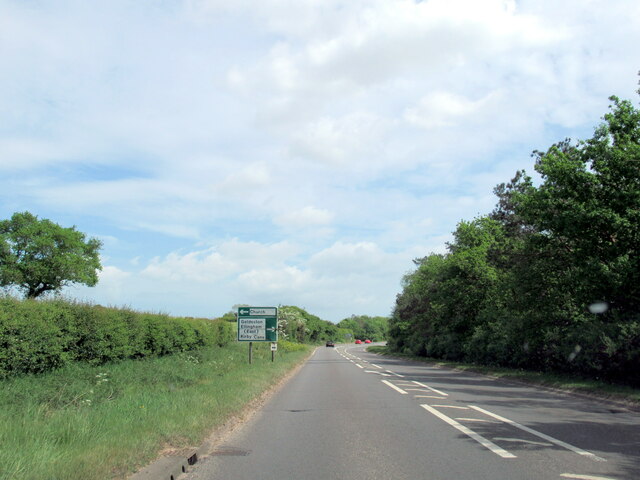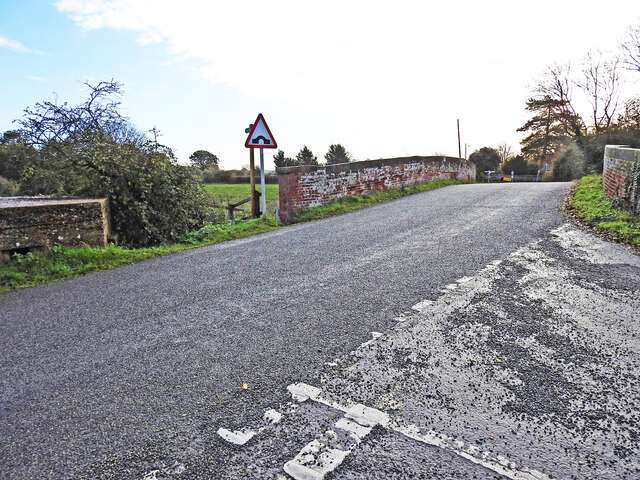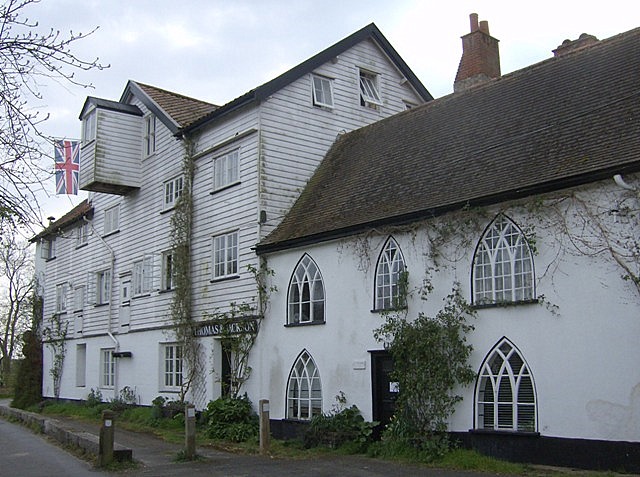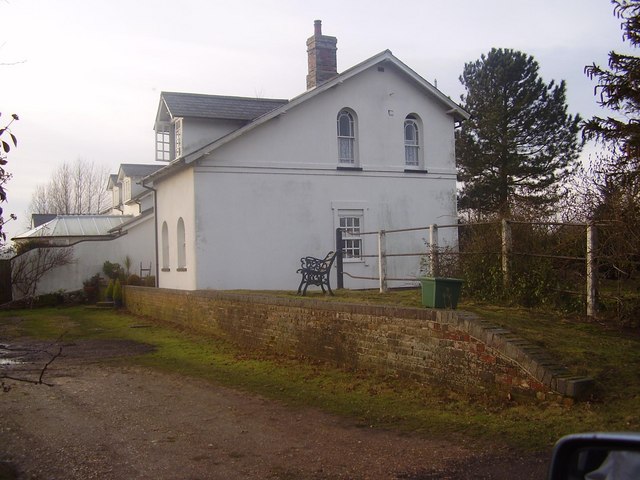Carpenter's Shop Meadow Plantation
Wood, Forest in Norfolk South Norfolk
England
Carpenter's Shop Meadow Plantation
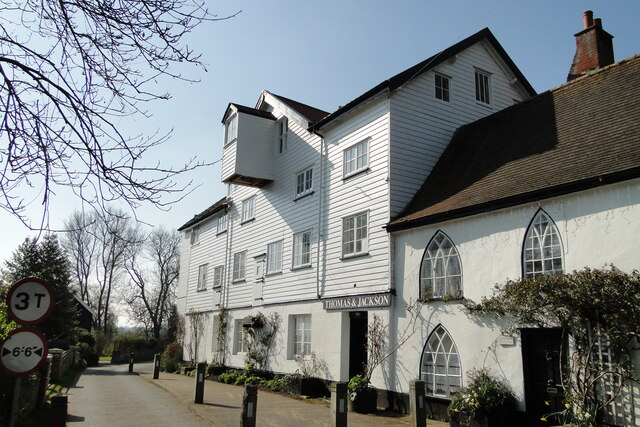
Carpenter's Shop Meadow Plantation is a unique and picturesque woodland located in Norfolk, England. This enchanting woodland covers an area of approximately 50 acres and is often referred to as a hidden gem within the region. The plantation is known for its stunning collection of trees, including oak, beech, and birch, which create a diverse and vibrant forest landscape.
The plantation gets its name from the historic carpenter's shop that once stood on the site many years ago. Today, the carpenter's shop has been beautifully restored and serves as a visitor center, providing information about the plantation's history and offering guided tours for nature enthusiasts.
Carpenter's Shop Meadow Plantation is a haven for wildlife, attracting a wide variety of bird species such as woodpeckers, owls, and songbirds. It also provides a habitat for numerous mammals like deer, foxes, and rabbits. The plantation's meadow area is particularly remarkable, boasting a colorful display of wildflowers during the spring and summer months.
Visitors to Carpenter's Shop Meadow Plantation can explore the numerous walking trails that wind through the woodland, offering breathtaking views of the surrounding countryside. The plantation also features picnic areas and benches, allowing visitors to relax and immerse themselves in the tranquility of nature.
Overall, Carpenter's Shop Meadow Plantation offers a unique opportunity to experience the beauty and serenity of Norfolk's woodlands. Whether you are a nature lover, a history enthusiast, or simply seeking a peaceful retreat, this plantation is sure to captivate and inspire all who visit.
If you have any feedback on the listing, please let us know in the comments section below.
Carpenter's Shop Meadow Plantation Images
Images are sourced within 2km of 52.482677/1.4708593 or Grid Reference TM3592. Thanks to Geograph Open Source API. All images are credited.

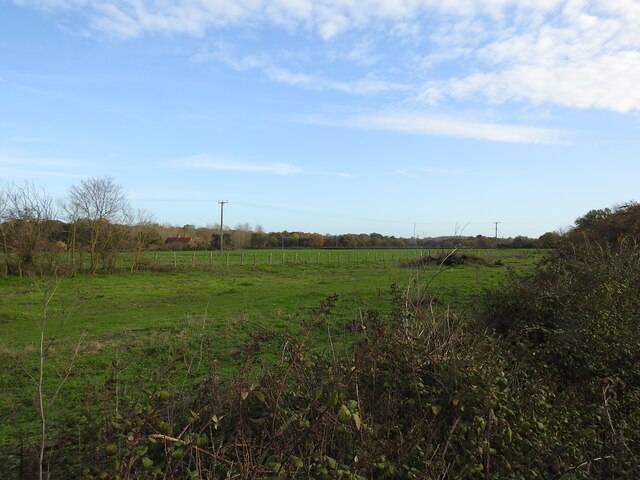
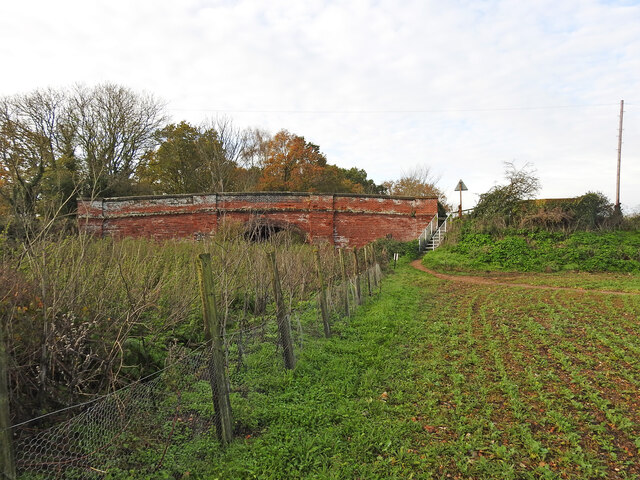

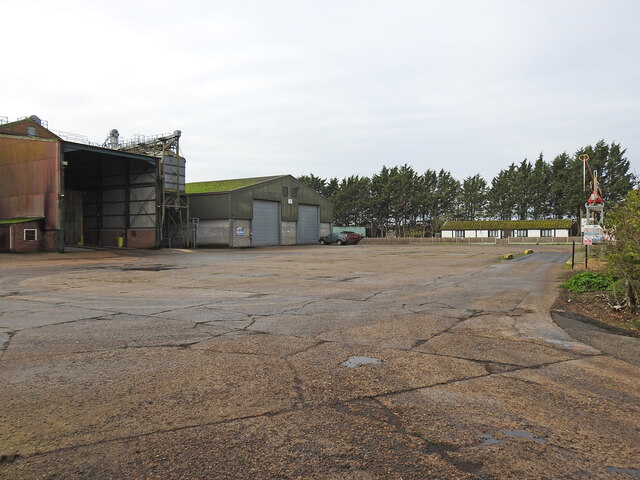
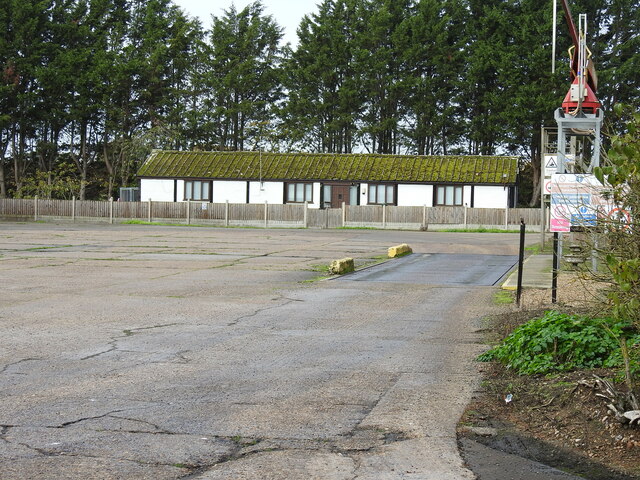

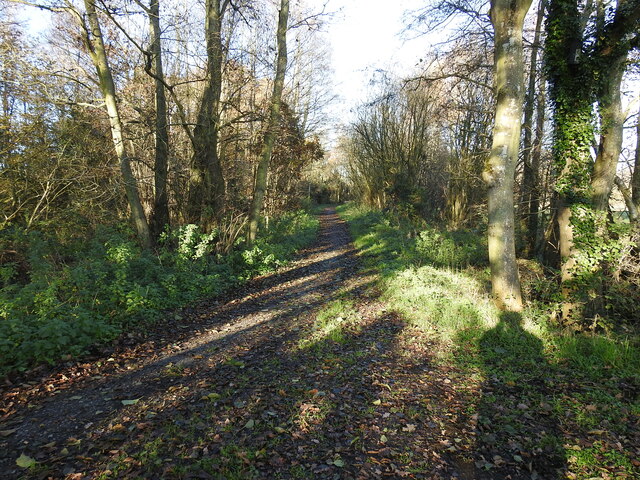
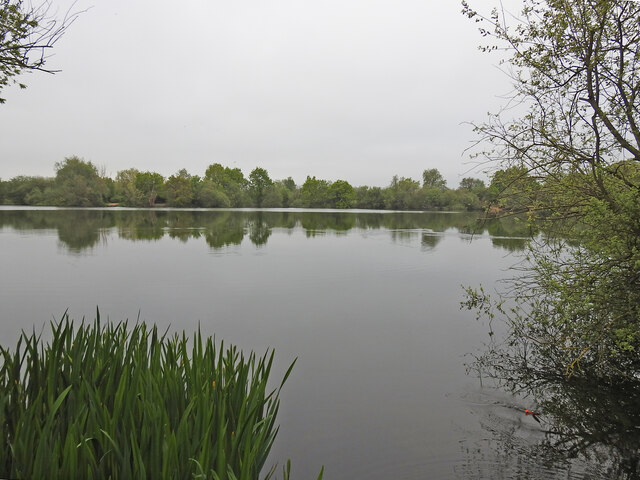
Carpenter's Shop Meadow Plantation is located at Grid Ref: TM3592 (Lat: 52.482677, Lng: 1.4708593)
Administrative County: Norfolk
District: South Norfolk
Police Authority: Norfolk
What 3 Words
///direction.torso.rigs. Near Ditchingham, Norfolk
Nearby Locations
Related Wikis
Ellingham, Norfolk
Ellingham is a village and civil parish in the English county of Norfolk. The village is located 2.3 miles (3.7 km) north-east of Bungay and 13 miles...
Ellingham railway station
Ellingham is a former railway station in Ellingham, Norfolk. It was opened in 1863 as part of the Waveney Valley Line between Tivetshall and Beccles, Suffolk...
Broome Heath Pit
Broome Heath Pit is a 1.2-hectare (3.0-acre) geological Site of Special Scientific Interest east of Ditchingham in Norfolk. It is a Geological Conservation...
Broome, Norfolk
Broome is a village and civil parish in the English county of Norfolk. It is situated on the north bank of the River Waveney, which forms the border with...
Nearby Amenities
Located within 500m of 52.482677,1.4708593Have you been to Carpenter's Shop Meadow Plantation?
Leave your review of Carpenter's Shop Meadow Plantation below (or comments, questions and feedback).

